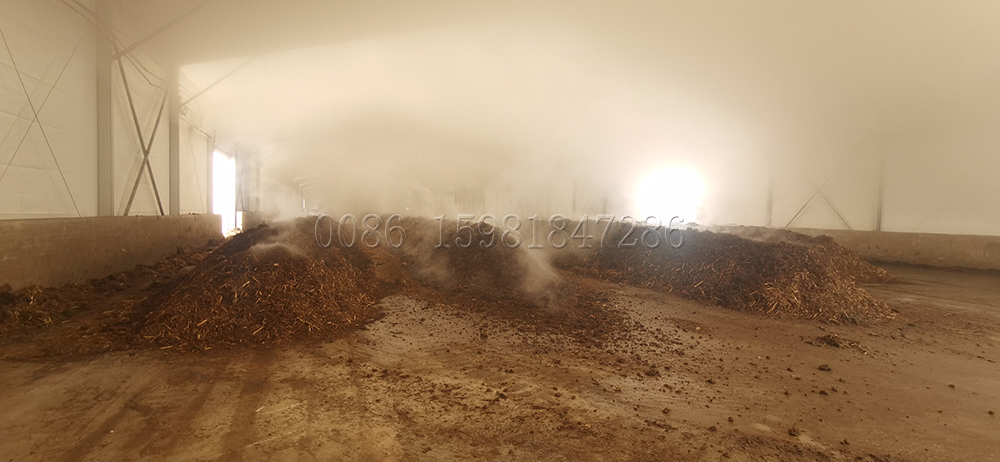How to make poultry waste compost?
Collect Poultry Waste: Gather poultry waste, including manure and bedding materials. The waste should be relatively fresh, as older waste might contain higher levels of pathogens.
Prepare Carbon-rich Materials: Carbon-rich materials help balance the compost by providing the right carbon-to-nitrogen ratio (C:N ratio). Common carbon sources include straw, wood shavings, leaves, and other plant-based materials. Chop or shred larger materials to facilitate the composting process.
Pile Composting: If you’re creating a compost pile, create a base layer of carbon-rich materials. Add a layer of poultry waste on top of the carbon materials. Continue layering in this manner until the pile is around 3-4 feet high.

Maintain Moisture: Composting requires moisture, but you don’t want the pile to become waterlogged. Water the pile or bin as needed to maintain the moisture level similar to a wrung-out sponge.
Turn the Compost: Regular turning or mixing of the compost pile helps aerate it, promote decomposition, and prevent odors. Use a compost turner to mix the materials every 1-2 weeks.
Monitor Temperature: As the composting process progresses, the pile’s internal temperature will rise. This is a sign that beneficial microorganisms are actively breaking down the materials. Temperature ranges of 54-71°C are optimal for pathogen destruction and efficient decomposition.
Composting Duration: The composting process can take several weeks to several months, depending on various factors such as temperature, moisture, and pile size. When the compost becomes dark, crumbly, and earthy-smelling, it’s ready for use.


